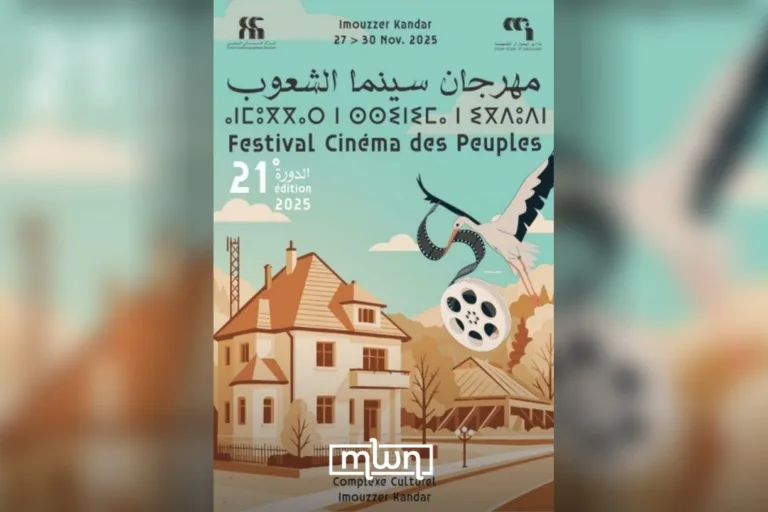The decision was made during the 19th session of the Committee, which is taking place in Asunción, Paraguay.
Marrakech – Henna, the plant and ancient art of decorating the body with intricate, natural designs, has been officially added to UNESCO’s Intangible Cultural Heritage list.
This recognition marks a significant milestone for the ritualistic use of henna in the Arab world, where it has long been a symbol of celebration, protection, and connection to life’s most important milestones.
“Henna symbolizes the cycle of an individual’s life, from birth to death, and it is present during the major milestones of this journey,” stated UNESCO in the announcement.
A plant whose leaves are dried, ground, and transformed into a paste, henna has been traditionally used for more than just decoration.
The paste is carefully applied to the skin, usually on the forearms and feet of women celebrating marriage, as well as to dye hair and even bring good luck to newborns.
Henna application is often accompanied by songs or stories. Used across the Middle East, North Africa, and Southeast Asia, henna’s candidacy for UNESCO recognition was supported by sixteen Arab countries, including Morocco.
The designs and patterns can vary by region. These temporary tattoos are often inspired by Amazigh motifs in North Africa, whereas designs throughout the Arabian Peninsula and Southeast Asia show bolder floral designs.
The use of henna dates back to the days of ancient Egypt, and these temporary tattoos or dyes can last anywhere from a few days to several weeks.
The announcement was made by the Intergovernmental Committee for the Safeguarding of the Intangible Cultural Heritage, which has been meeting since Monday in Asunción, Paraguay.
Until December 7, it will deliberate on the inclusion of 66 new elements, including henna, focused on community traditions, according to UNESCO.
The meetings have culminated in other wins for Morocco’s cultural heritage. Morocco succeeded today in stopping Algeria from falsely claiming the Fassi “Caftan el-ntaa” as part of their own cultural file.
Morocco’s ambassador to UNESCO Samir Addaher formally objected to the move and for the first time in UNESCO’s history, the committee accepted Morocco’s objection.
This is not the first time that Algeria has attempted similar moves, but the committee’s move further protects yet another crucial component to Morocco’s cultural heritage.
Read Also: UNESCO to Review Henna’s Bid for Intangible Heritage Status This December
















